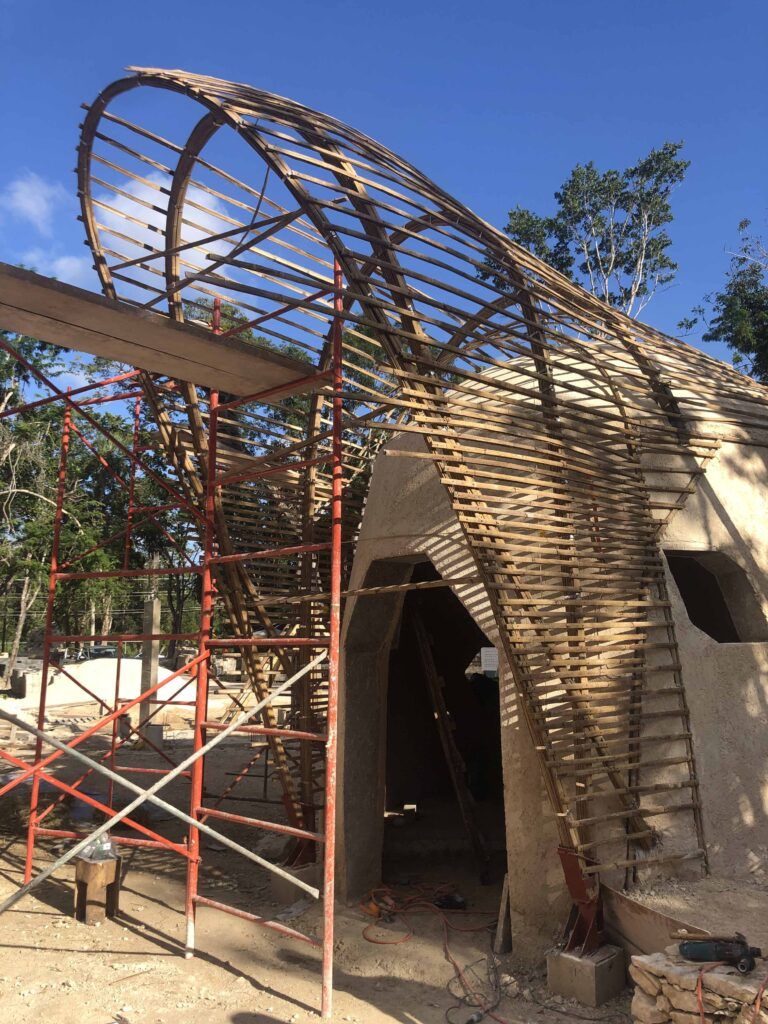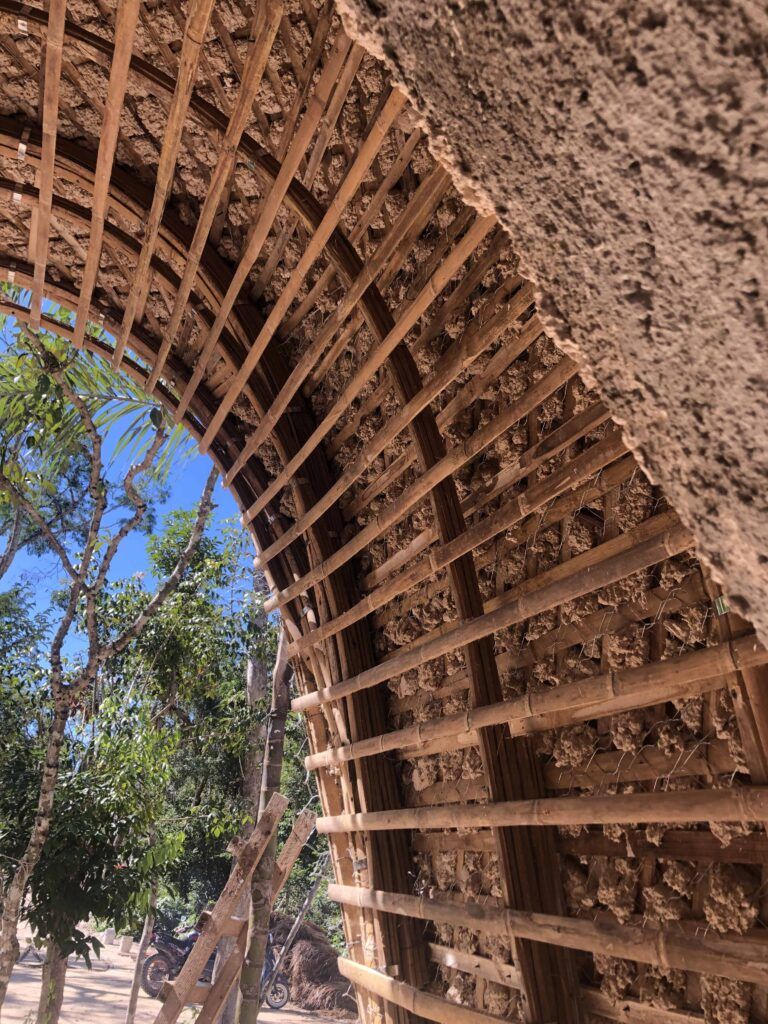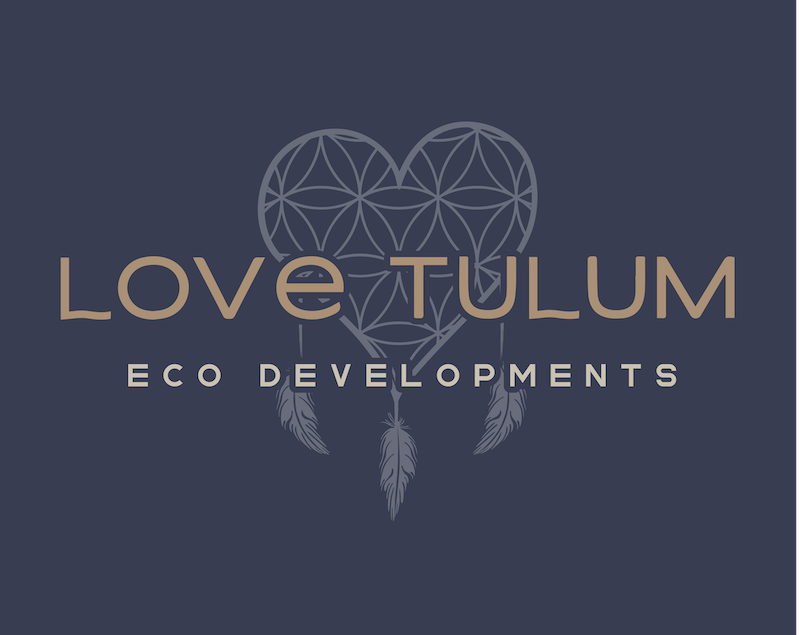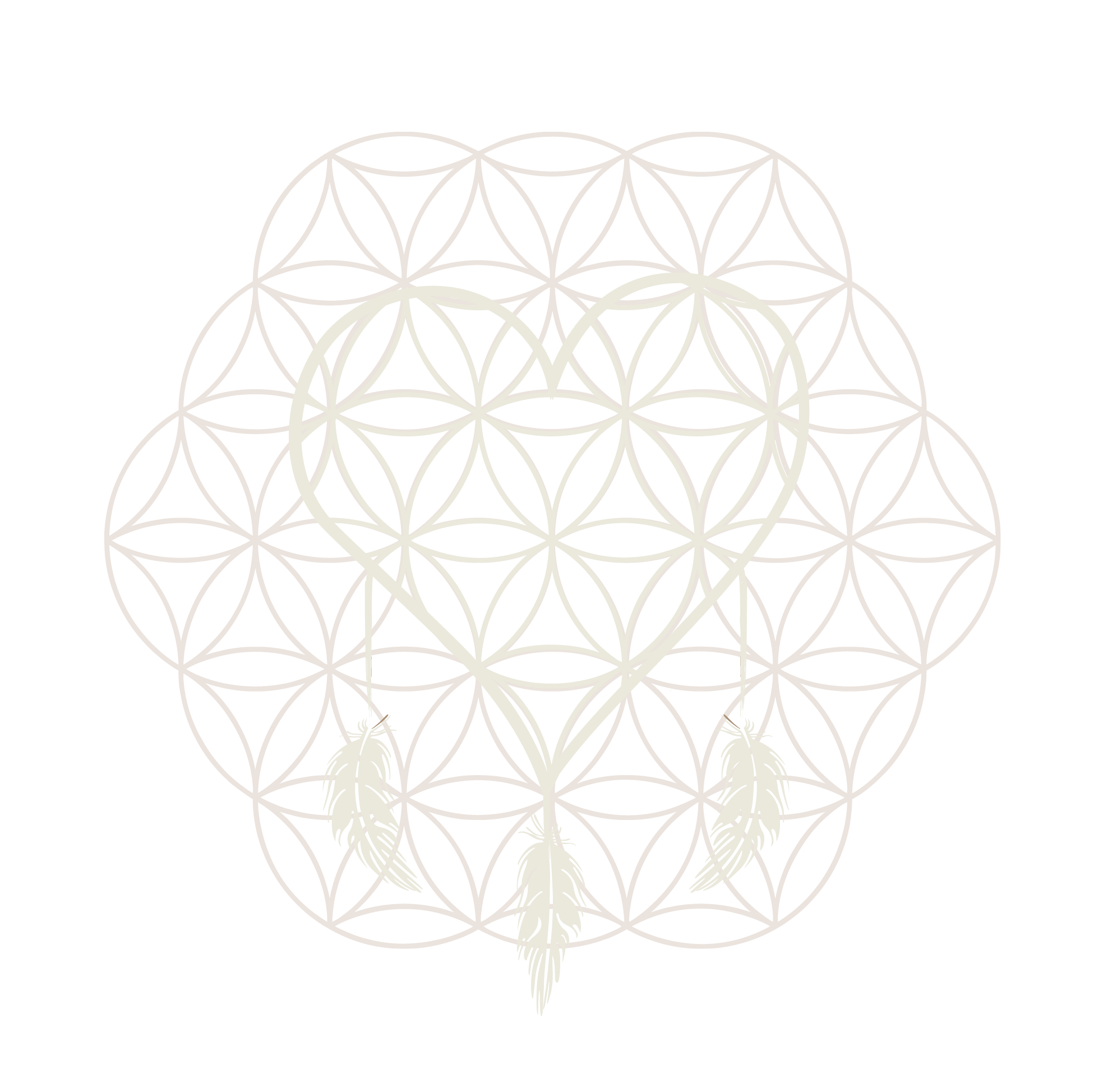
Bioconstruction is an architectural approach that uses natural materials and sustainable techniques to create energy-efficient and environmentally friendly buildings. Here are some ways bioconstruction can help you save energy and reduce your carbon footprint:
- Harness passive solar energy: Bioconstruction uses designs that harness sunlight and solar radiation to naturally heat and light spaces. For example, strategically placed windows and skylights allow sunlight to enter the building, reducing the need for artificial lighting during the day.
- Use natural insulation: Building materials used in bioconstruction, such as bamboo, wood, cork, or clay, offer superior insulating properties. These materials have low thermal conductivity and help maintain a stable indoor temperature, reducing the need for artificial heating or cooling.
- Employ natural ventilation techniques: Bioconstructed buildings are designed to take advantage of natural air currents and promote adequate ventilation. This helps maintain a comfortable indoor temperature without relying so much on air conditioning systems, which saves energy.
- Implement rainwater harvesting systems: Bioconstructed buildings often include systems to collect and store rainwater. This water can be used for garden irrigation, cleaning, or even domestic use on some occasions, reducing dependence on conventional water sources.
- Use sustainable building materials: Bioconstruction promotes the use of renewable and low-environmental impact materials. These materials can include certified wood, adobe, bamboo, and clay, among others. Choosing sustainable materials reduces the amount of energy needed to produce them and avoids the emission of greenhouse gases associated with conventional materials such as cement.
- Incorporate renewable energy systems: Bioconstruction is complemented by the installation of renewable energy systems, such as solar panels or wind energy systems. These clean energy sources can provide electricity and heat for the building, reducing dependence on fossil fuels and reducing carbon emissions.
- Design efficient spaces: Biobuilt buildings are designed with space efficiency and functionality in mind. This involves optimizing the layout of rooms, the use of natural lighting, and the incorporation of features such as roof
In short, bioconstruction offers numerous opportunities to save energy and reduce the carbon footprint of the building.
We invite you to get to know our real estate offer Green Dream Tulum, a completely bio-built real estate project.









